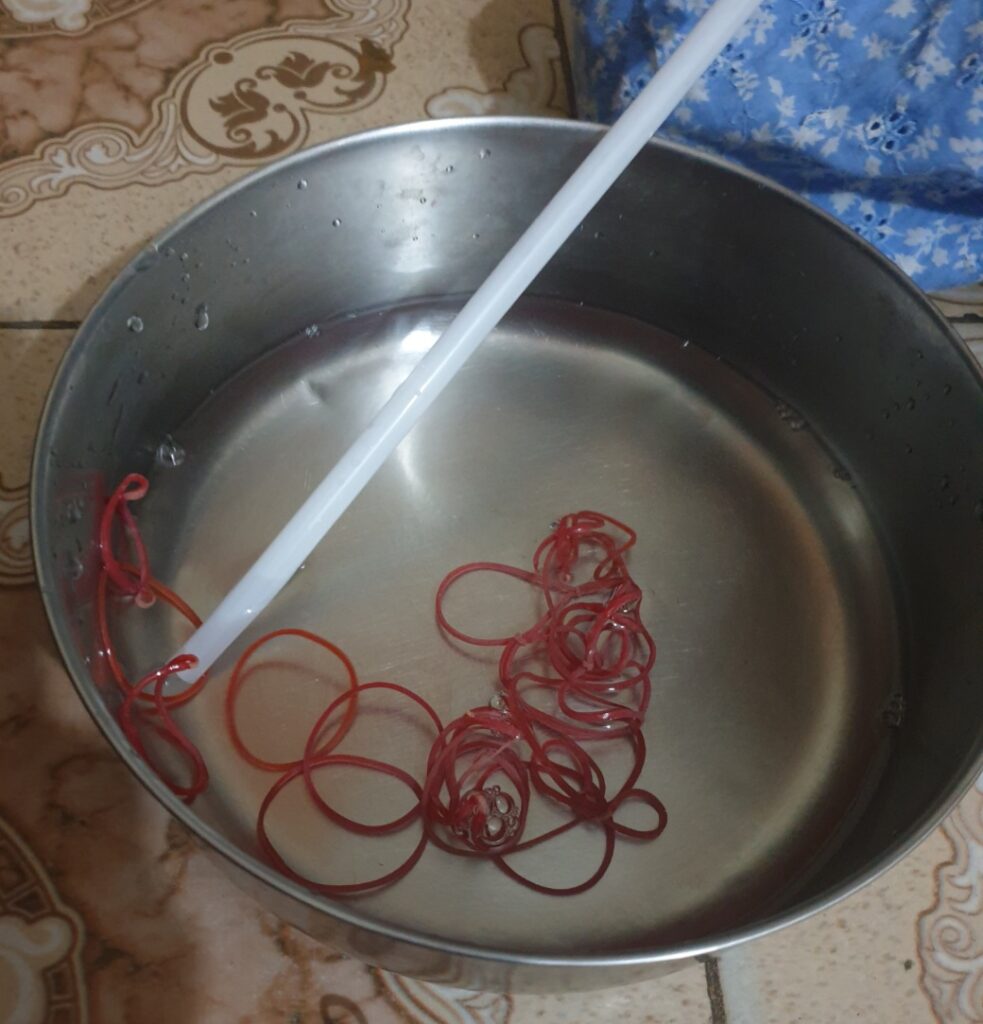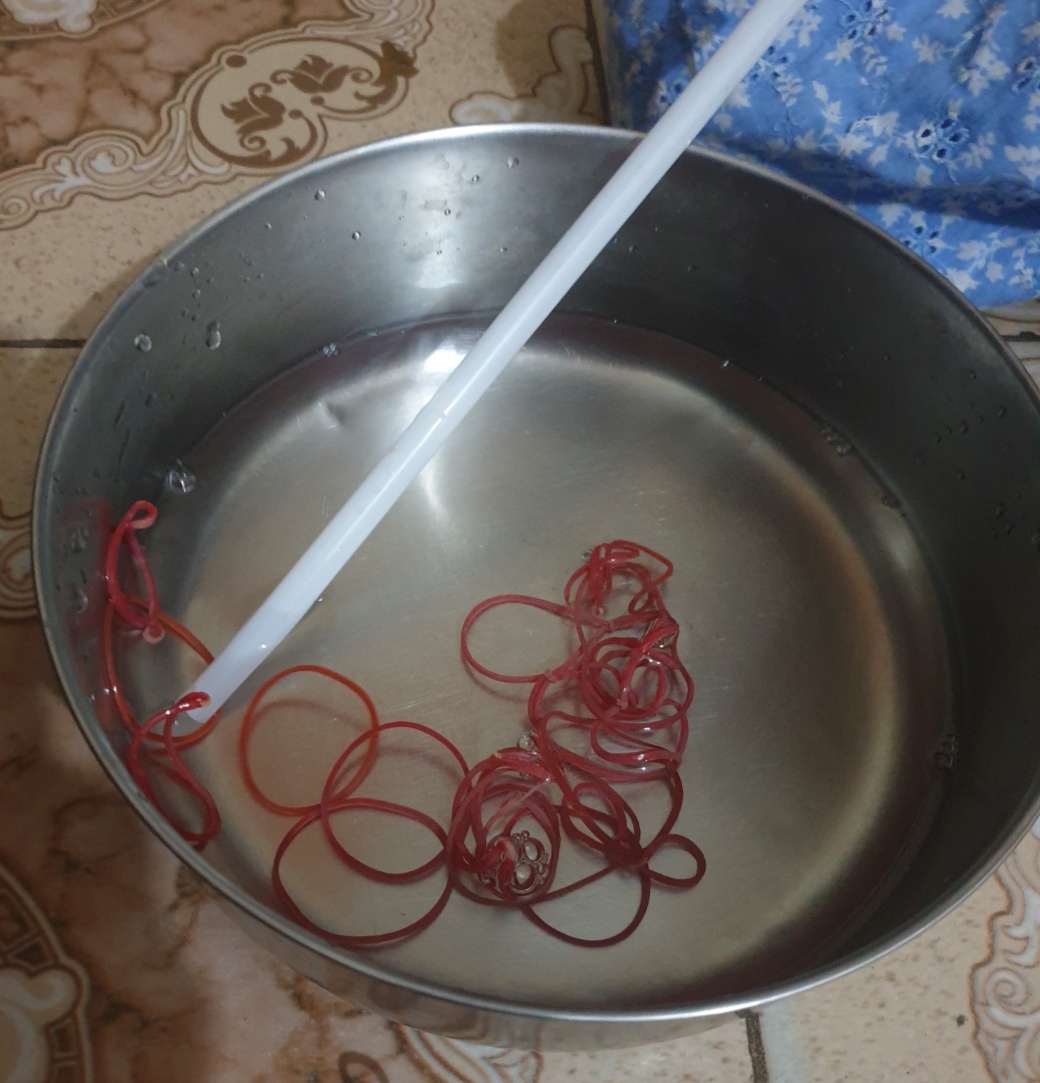When it comes to engaging preschoolers in activities that are both fun and educational, the goal is to find something that sparks their imagination, enhances their fine motor skills, and encourages creative play. Enter Rubberband Fishing — an exciting activity that combines crafting, storytelling, and hand-eye coordination in a way that’s perfect for little hands and curious minds.
In this blog post, I am sharing how to do this activity with your kids and why it’s a fantastic activity for preschoolers, and how to set it up at home or in a classroom setting.
Why Rubberband Fishing is Great for Preschoolers
- Enhances Fine Motor Skills: As preschoolers work with the rubber band to “catch” fish, they use their fingers and hands in precise ways, which strengthens their grip and hand-eye coordination. It’s a playful yet effective way to help them build these crucial skills.
- Promotes Creativity: Not only do children enjoy the physical activity of fishing, but they also get to use their imaginations. They can create their own fishing stories, pretend to be fishermen or women, and even think of different kinds of fish to catch.
- Teaches Patience: Fishing, whether real or pretend, is all about waiting for the right moment. Rubberband fishing gives preschoolers the opportunity to practice patience and develop an understanding of turn-taking if done in a group.
- Great for Social Play: If done with a group, rubberband fishing encourages teamwork, sharing, and cooperative play. Children can take turns or fish together, adding a social aspect to the activity that builds communication skills.
How to Set Up Rubberband Fishing
Materials Needed:
- Straw or any stick
- Rubber Band
- A small container or bucket

Instructions:
- Take a straw.
- Set Up the Fishing Area:
- Place rubber bands in a small container, bucket. If using a container, just make sure it’s shallow enough for kids to “catch” the fish easily.
- Fishing Time:
- Hand the fishing rod to the child and show them how to use the rubber band to “catch” the fish by gently swinging the rod toward the fish. This will help them practice their hand-eye coordination.
- Encourage them to imagine they’re out on a real fishing trip, complete with a story about the fish they might catch. This brings in a wonderful element of pretend play and creativity.
Additional Tips:
- Incorporate Counting: I encourage my kids to count how many fish they’ve caught or have them sort fish by color or size. This can add an educational math element to the activity.
- Use Themes: You can turn rubberband fishing into a themed activity by introducing different animals or underwater creatures to catch. Have a sea animal day where kids can fish for dolphins, whales, or starfish!
Conclusion
Rubberband fishing is an engaging, inexpensive, and educational activity that will keep preschoolers entertained for hours. It encourages creativity, builds fine motor skills, and teaches patience — all while fostering a love for imaginative play. Whether you’re looking for a quiet indoor activity or something to do outdoors, rubberband fishing is a simple and delightful choice that provides endless opportunities for fun.

